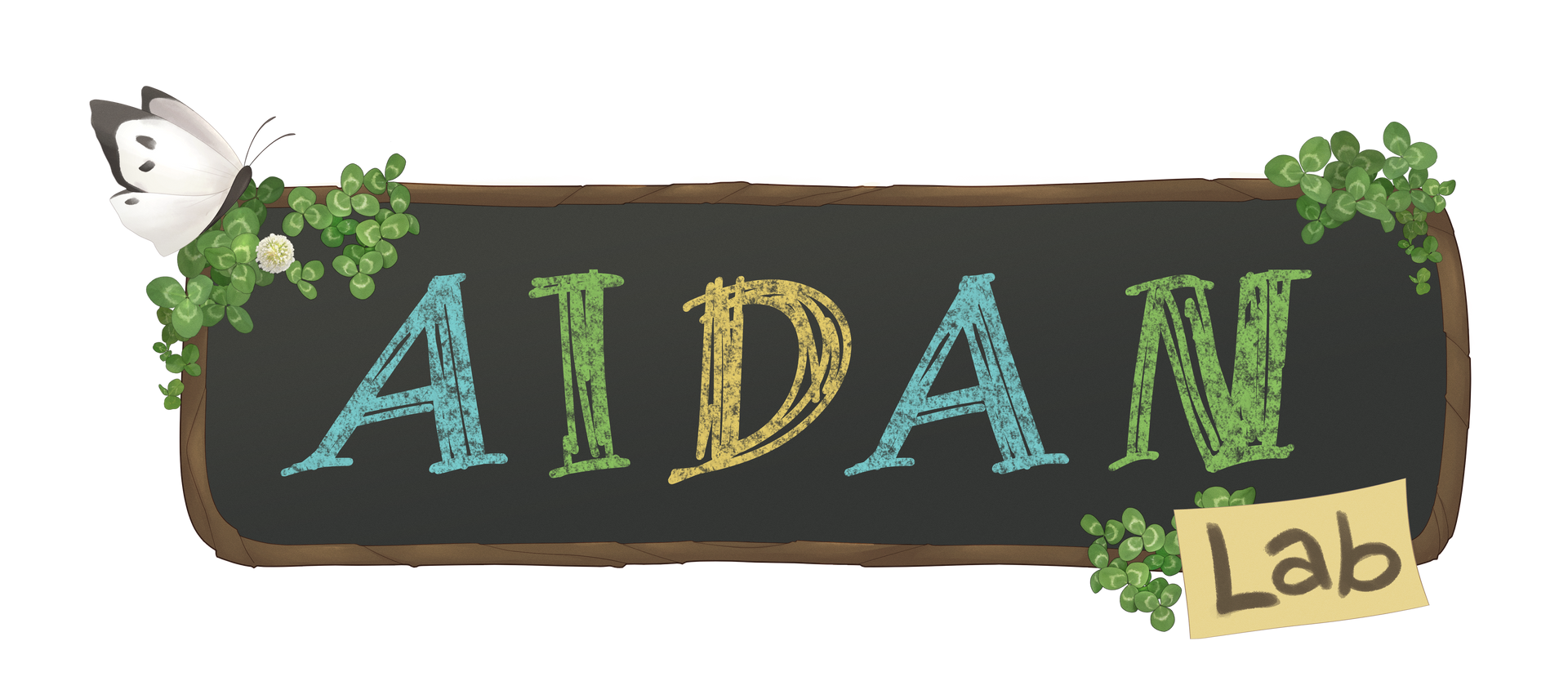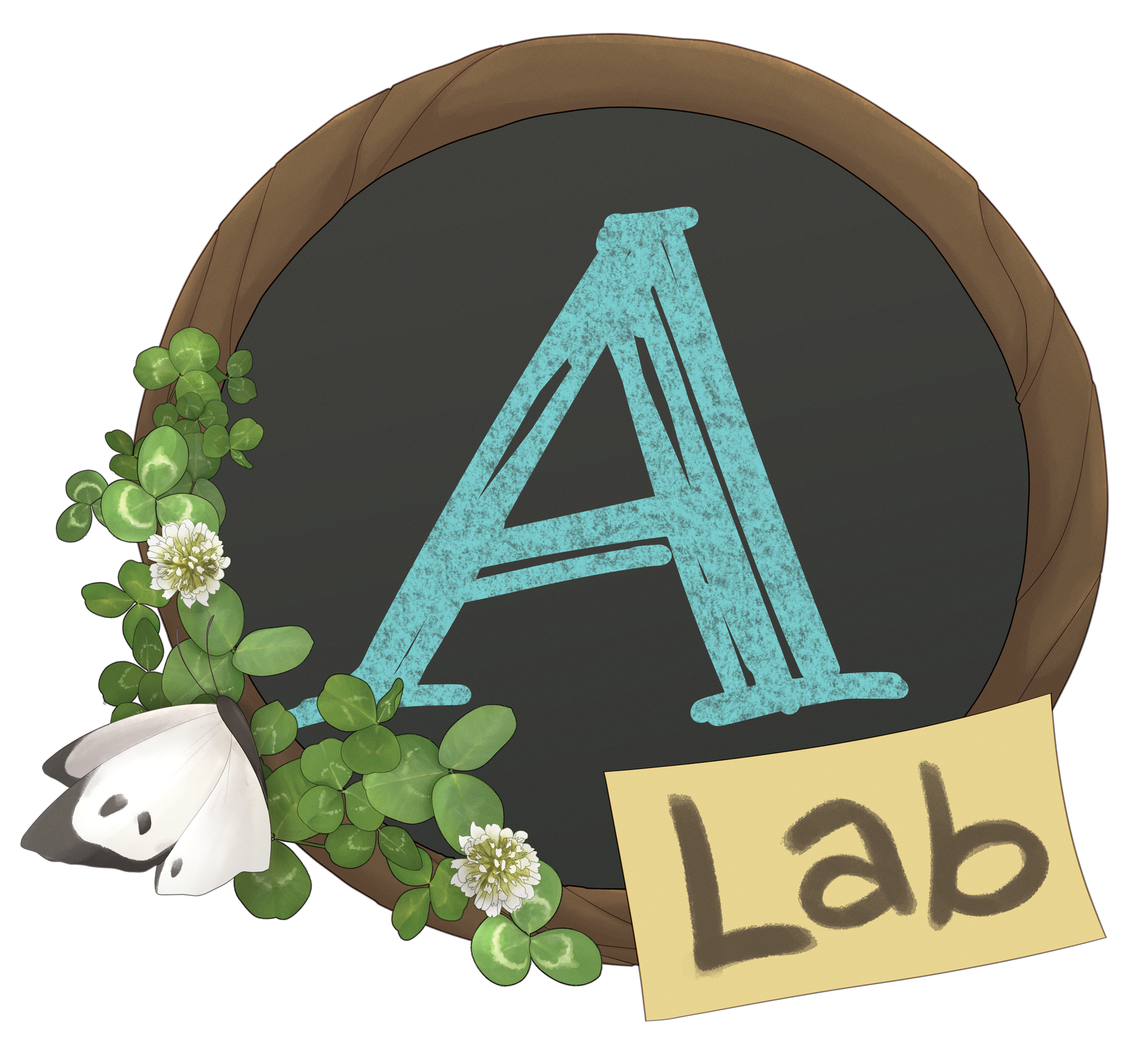
What is Autism?
In Armstrong’s fourth chapter, Autism Spectrum Disorder is explained, more specifically, its prevalence among students. Armstrong emphasizes that “a key element in understanding the needs of students with autism is recognizing that their sensory channels are often highly sensitive and require varying degrees of modulation” (Armstrong, 2012, p. 83)
'The Gifts of Autism' by Thomas Armstrong
In this video, the assumptions around Autism Spectrum Disorder are examined and broken down. Concepts such as “sensory processing differences, communication barriers, and emotional regulation” (Agony Autie, 2018) are explored in great depth for the general public to become aware of any bia
This short film, produced by Communication First and developed by non speaking autistic people, asks individuals to “ask us, listen to us” (Communication First, 2020) in order to achieve an effective form of inclusion for non speaking individuals, we need to listen to them through their form of communication. One participant states that they need to be “included to be able to show how much they have to give” (Communication First, 2020).
In this video, we meet Jessica Pigeau, a former student of the University of Alberta who speaks about their personal experiences as an autistic adult. Jessica recalls early childhood memories, stating that their lack of understanding human motivation was “dismissed as them not trying or not caring enough, rather than some type of difficulty” (STORYHIVE, 2015) that they were going through. This discouraging feedback did not stop Jessica from achieving marvellous goals and becoming a successful individual today.
Unpacking Sensory Processing Differences
In this video, occupational therapist Virgina Spielmann explains the concept of sensory health through three unique case studies. Spielmann demonstrates the importance of understanding your sensory needs and how a more informed approach can be a simple solution to more complex physiological problems. We are “all sensory creatures” (TEDx Talks, 2021) with the ability to understand how the environment interacts with our senses and what we can do to offset any discomfort with our surroundings.
In this video, Joey Schweitzer talks about the dangers of overstimulation and how it can impact our ability to focus for long periods of time. Essentially, our motivation and ability to focus comes from the intake of dopamine. Schweitzer urges us to prioritize the “less rewarding rewards” (Better Ideas, 2020) in order to micromanage our intake of unhealthy stimulation.
In this video, a sensory room is examined and explained, being “a safe space where kids with autism can get ready to learn” (Edutopia, 2017). The room allows autistic children to regulate their nervous system and improve their wellbeing through the use of several pieces of equipment and exercises.
How to Support Autistic Students
'Inclusion is a Feeling, Not a Place: A Qualitative Study Exploring Autistic Young People's Conceptualisations of Inclusion' by Craig Goodall
In this article, author Craig Goodall explores the idea of inclusion within a standard education system. Goodall points out how the mainstream system has continued to promote feelings of “anxiety, stress and dread” (2020, p. 1296). This numerical study uses data from autistic adolescents who comment on their definition of inclusion and why they may or may not feel this way in a classroom setting.
In this video, Michael McCreary describes his experience with autism and how it varies from person to person. McCreary focuses on topics such as communication, eye-contact, empathy and hypersensitivity. This video also covers different ways that allistic’s can help make communication easier for autistic individuals.
'May I Be Happy: Mindfulness in the Classroom and Beyond' by Eric Georgeault and Helene Walter
In this video, the concept of mindfulness is explored in the classroom. The video also touches on the benefits of practicing moments of gratitude that can be extremely rewarding for all individuals, young or old. Mindfulness demonstrates the importance of emotions and how “teaching students that feelings and emotions are all okay” (Georgeault & Walter, 2018) is critical for adolescent development.
In this video, “high school students reflect on how a for-credit mindfulness class has changed their lives” (Peace in Schools, 2017). Students describe this remarkable experience as something necessary to overcome barriers and achieve individual success. Mindfulness is an easy way to navigate difficult waters and find a sense of stability and peace, one of the many values within this organization.
Deep Dive: Social Skills
'Different but Connected: Participatory Action Research Using Photovoice to Explore Wellbeing in Autistic Young Adults' by Gary Yu Hin Lam and colleagues.


